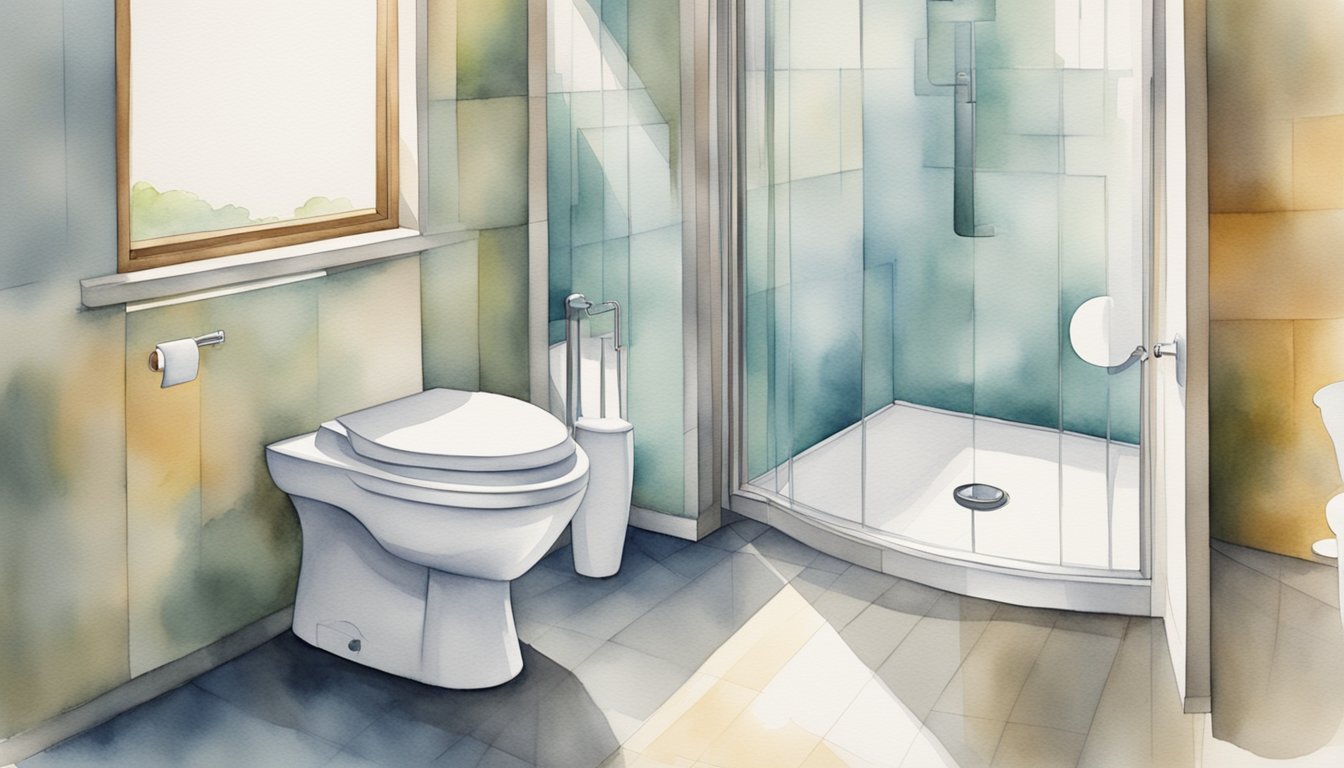Origins and Evolution of the Toilet
Ancient Sanitation Systems
The history of sanitation systems traces back to ancient civilizations like the Indus Valley and Crete. In Mohenjo-Daro, a city of the Indus Valley civilization, archaeologists discovered a Neolithic settlement with early sewage systems and basic latrines. Another ancient system was found in the Palace of Knossos in Crete, where a well-developed drainage system eliminated waste from the palace.
In ancient Rome, public latrines were introduced, forming a critical part of Roman sanitation. These public facilities were built using a complex network of aqueducts, sewers, and s-bend pipes to carry waste away from populated areas.
Advancements in the Middle Ages
During the Middle Ages, medieval toilets, known as garderobes, were used in castles. Garderobes were simple, chute-like structures projecting from the outer walls of the castle. Waste would fall directly into a pit or moat below. However, these systems lacked proper water flushing and were far from hygienic.
Invention of the Flush Toilet
The evolution of toilets took a significant leap with the invention of the flush toilet. Sir John Harrington, godson of Queen Elizabeth I, is credited with creating the first flushing toilet in 1596. This early version consisted of a water closet with a cistern fed by rainwater.
In the 18th century, Alexander Cumming received a patent for his invention of the S-trap, a significant advancement in toilet technology. Later, Joseph Bramah improved upon Cumming’s design by replacing the slide valve with a crank mechanism.
Finally, the modern flush toilet was popularized by Thomas Crapper in the 1860s. He introduced improvements such as the floating ballcock and a more refined S-bend model, laying the foundation for the present-day toilets we use.
Impact and Improvements in Toilet Technology

Public Health and Sanitation
The invention of the flush toilet has been one of the major contributions to public health and sanitation. Before its introduction, people mainly relied on chamber pots, cesspits, and other rudimentary means to manage human waste. The advent of flush toilets and their connection to sewer systems in cities significantly improved living conditions.
Sir John Harington, an English courtier and writer, made one of the early developments in toilet technology in the late 16th century by designing a flushing water closet. The invention helped in reducing the exposure to disease-causing pathogens and foul smells.
During the Industrial Revolution, Thomas Crapper played a crucial role in advancing toilet technology and made significant progress in public health and sanitation engineering.
Modernization and Widespread Adoption
In 1775, Scottish inventor Alexander Cumming was granted the first patent for a flush toilet. His greatest innovation was the S-shaped pipe below the bowl that used water to create a seal, preventing sewer gas from entering homes. This S-trap laid the foundation for the modern toilet.
As cities grew and the need for improved sanitation became apparent, the British government started to invest in sewer systems. In 1858, the Great Stink event in London prompted the construction of a modern sewage system, connecting most homes to flush toilets.
The modernization and widespread adoption of flush toilets transformed sanitation practices in middle-class homes and public places, like the famous Crystal Palace in Hyde Park where George Jennings installed public toilets during the Great Exhibition of 1851. This led to a significant improvement in public health and hygiene.
Innovations and Patents
Throughout history, various contributions have been made to improve toilet technology. Alexander Cumming’s S-trap patent from 1775 was just the beginning. Thomas Crapper improved upon Cummings’ design by inventing the floating ballcock, used to control the flow of water into the toilet cistern after flushing.
As the toilet became a common fixture in households and public spaces around the world, newer innovations and patents were introduced. Developments like Kelston’s Resin and Wax Oval Bowl sealing system allowed for smoother water flow and more efficient flushing. These continuous advancements in toilet technology have led us to the modern toilets we know today.
The history of toilet inventions and improvements showcases the power of human ingenuity and its impact on public health, hygiene, and sanitation.

